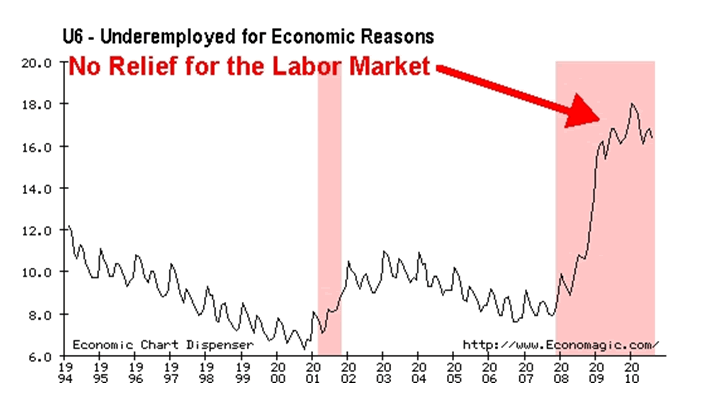
As it is, Germany's huge trade surpluses remain a fundamentally destabilizing economic force in Europe (nearly one-fifth of the world economy). He also failed to get Germany to help its euro partners with a stronger domestic demand. President Obama failed to get Germany off its disastrous austerity diktat to the recession-shattered euro area. Sadly, nothing of the kind is likely to happen. With a huge trade surplus of 8 percent of its GDP – a whopping $300 billion in 2014 (by far the largest in the world) – Germany clearly needs to generate more growth from its domestic demand. Read More PR debt: With few options left, 'People are going to leave' Washington would have to get Germany, China and Japan to realign their demand management policies in order to stop living off the U.S. The Fed's easy monetary policy can help offset a tighter fiscal stance, but there is not much that the Fed can do about trade deficits. So, to keep the "goldilocks" economy on track Washington would have to do quite a bit of work on improving America's public finances and external trade accounts. This year, net exports could shave off an entire percentage point from the growth of our domestic demand – a direct consequence of America's steady and sustained output and a strong dollar. To stop and reverse its climb, the budget before debt service charges would have to shift – rapidly – into a surplus position from its current deficit of 1.5 percent of GDP. But that did not stop the gross public debt from rising at about 110 percent of GDP it remains a serious problem.

Last year's budget deficit of 4 percent of GDP was down from its peak of 12.8 percent of GDP in 2009. public finances have made a notable progress as well. For example, a 10 percent decline of our import prices over the last twelve months not only made cheaper foreign goods and services, but it also kept prices down in our import-competing industries. import and export sectors (about one-third of the economy) – and much beyond.
:max_bytes(150000):strip_icc()/shutterstock_137627519-5bfc2b794cedfd0026c115c3.jpg)
Read More It will take Texans a while to pay off their debtĪ strong dollar is a powerful influence on price stability because its exchange rate directly impacts activity and price formation in U.S. There is an apparently growing excess supply of energy commodities, while the euro and the yen are undermined by extremely easy monetary policies and intractable structural difficulties. But that is not a flash in the pan both of these rather exceptional events seem set to continue. True, most of that decline was due to the 23 percent drop in the price of energy, and to the dollar's trade-weighted appreciation of more than 20 percent. consumer price inflation was driven down from 2.1 percent to 0.3 percent.

Remarkably, these significant gains in output, demand and employment were obtained under conditions of perfect price stability.


 0 kommentar(er)
0 kommentar(er)
